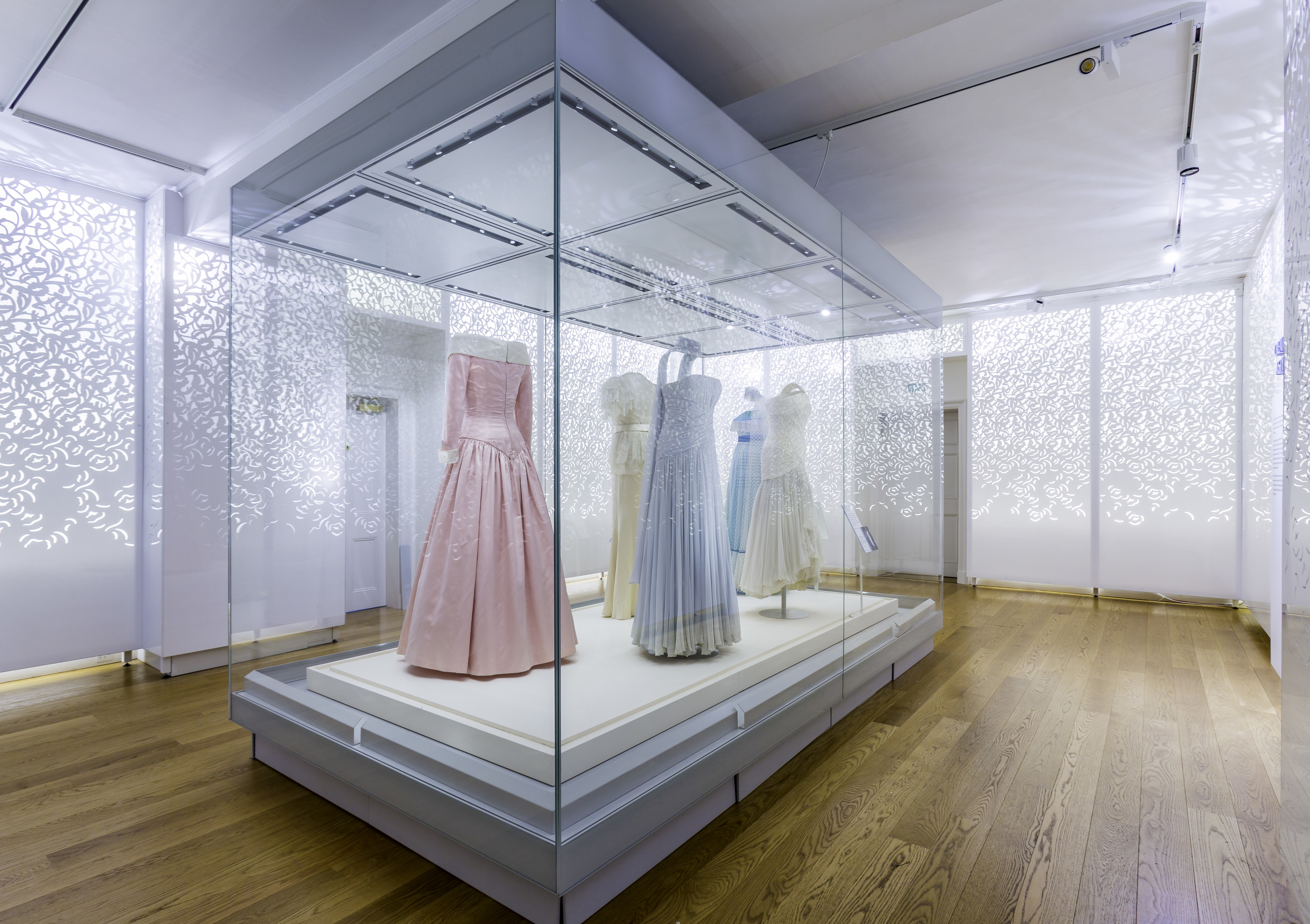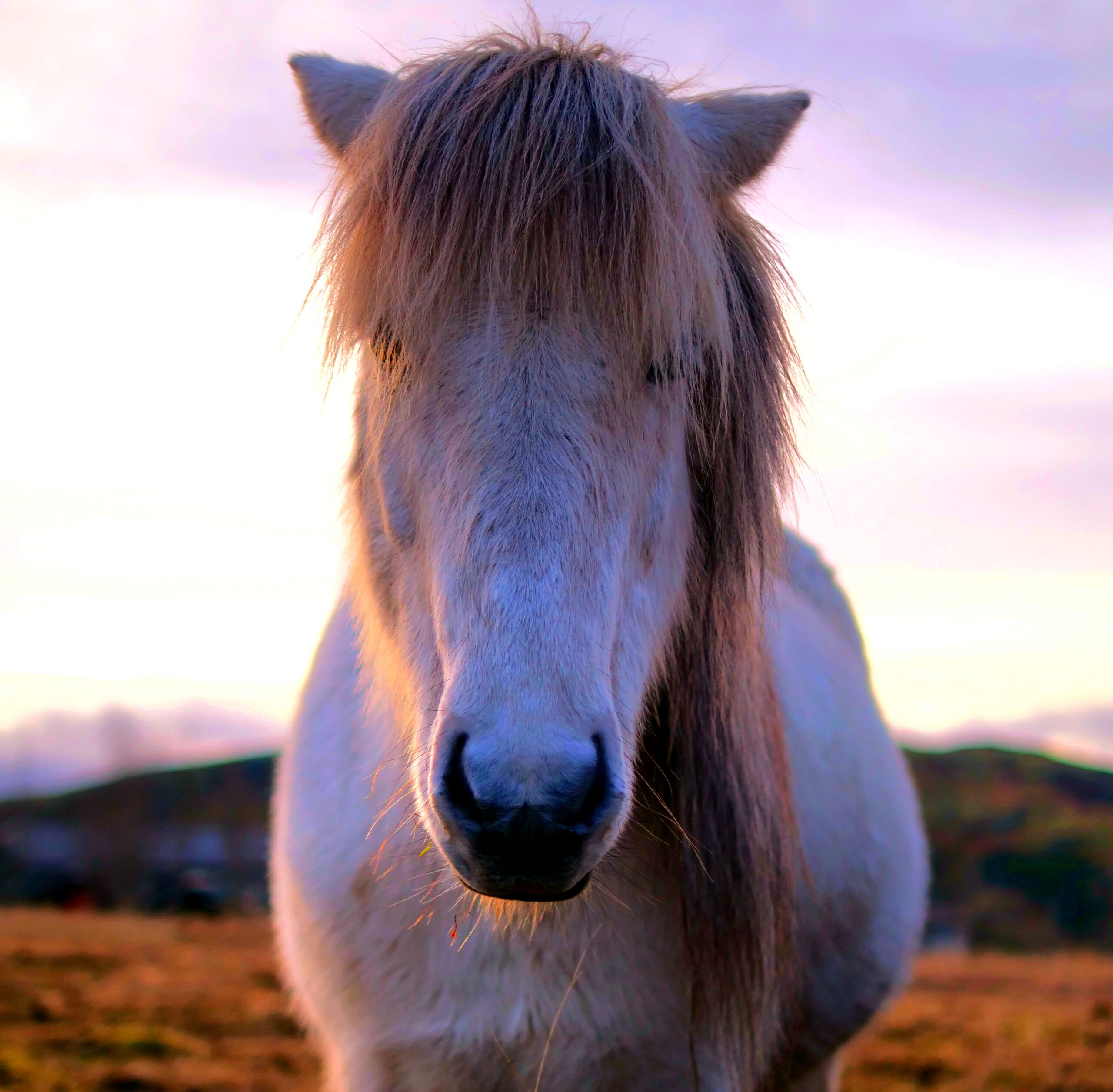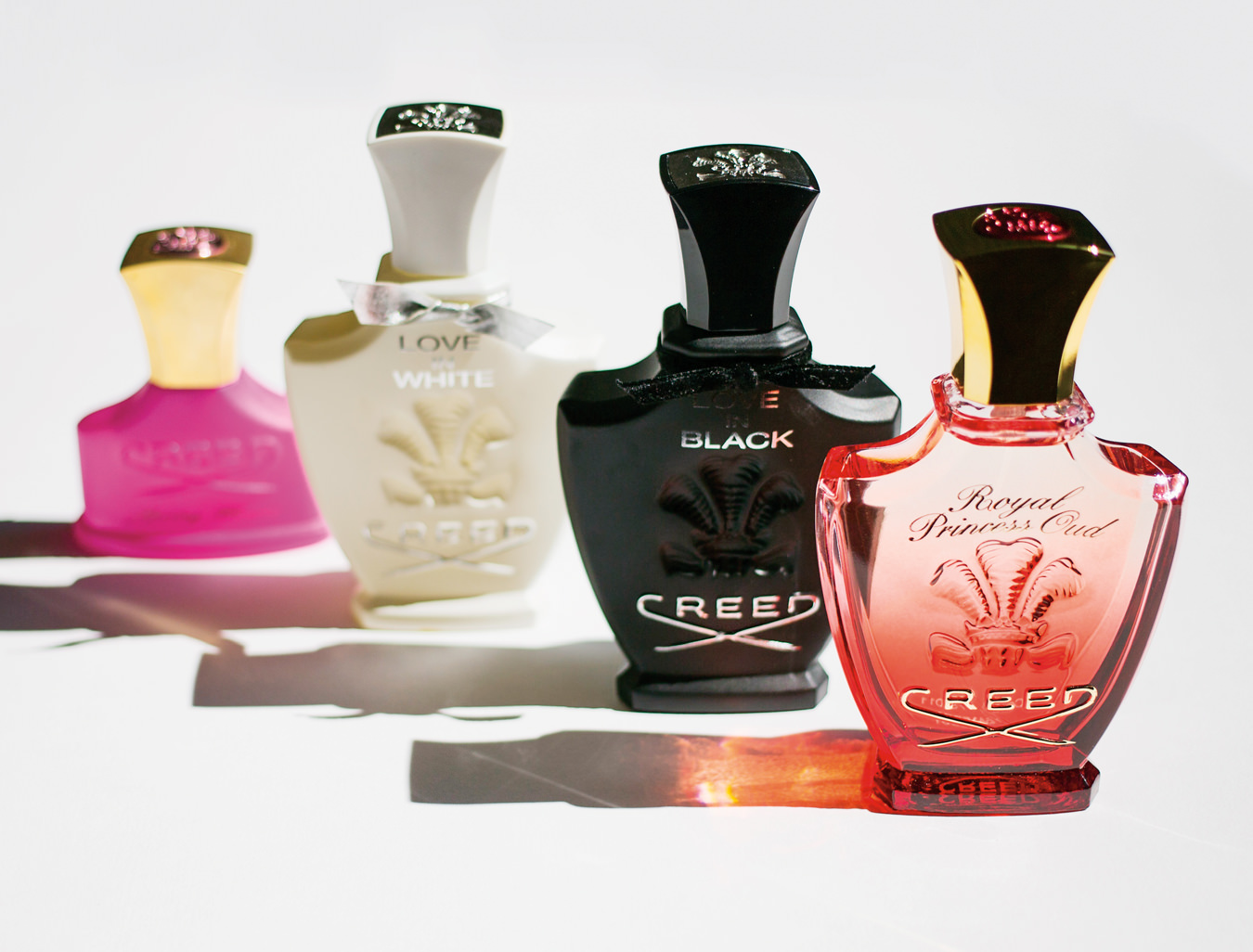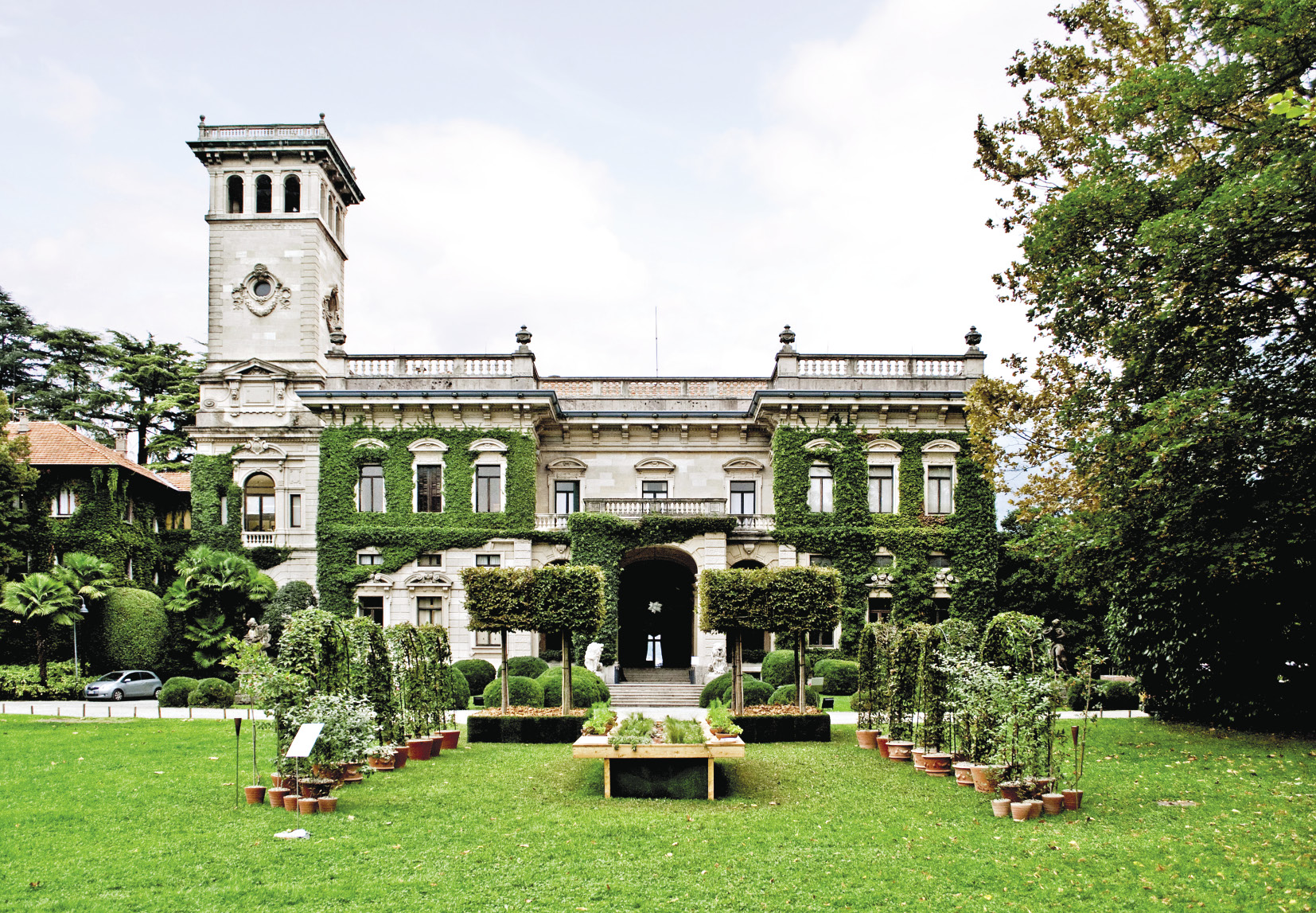-
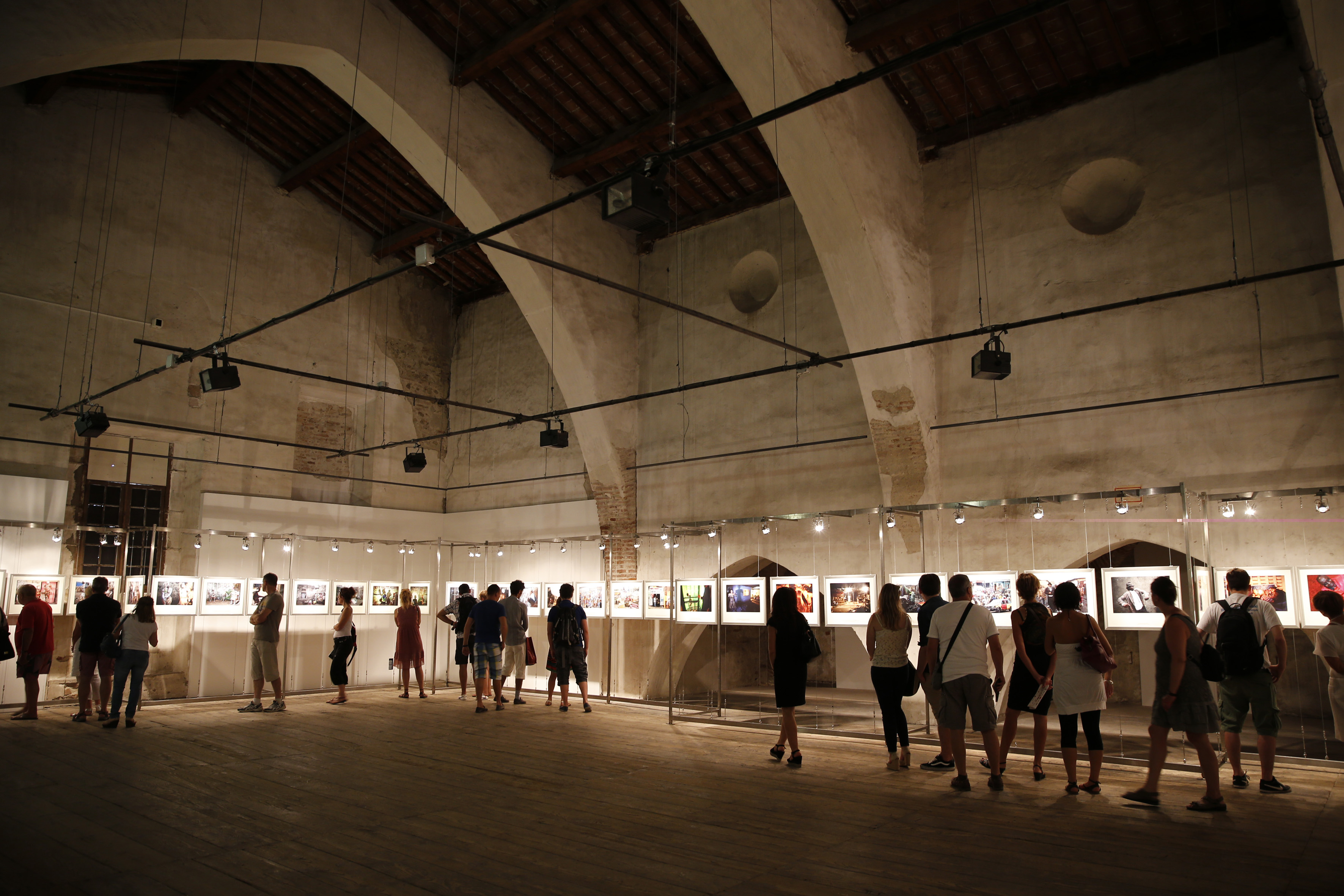
An exhibition inside le couvent des Minimes in Perpignan. Photo ©Mazen Saggar.
-
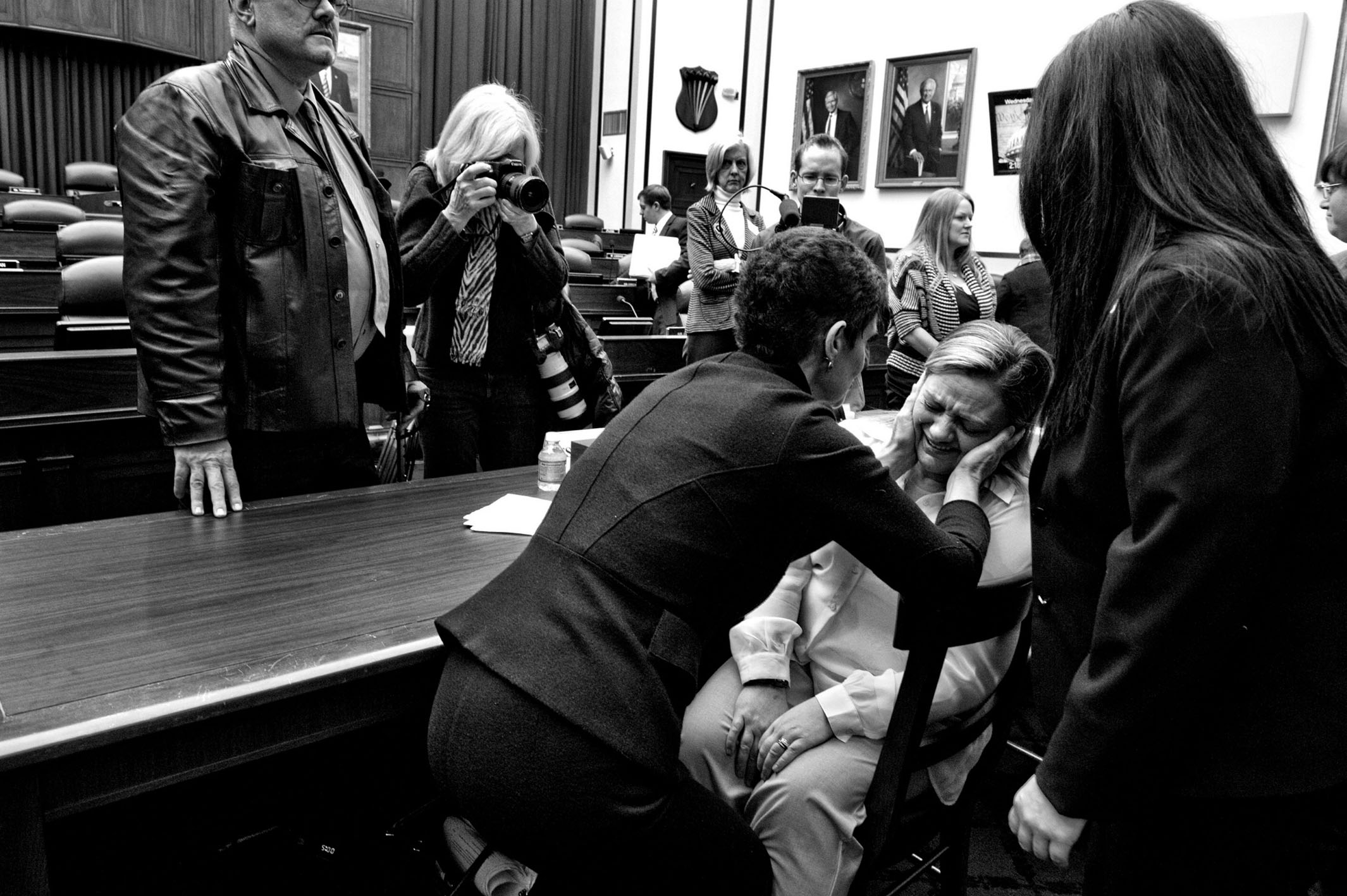
Nancy Parrish, president of the association “Protect Our Defenders”, is seen comforting Sergeant Jennifer Norris after she testified at the hearing of the United States House Committee on Armed Services on Capitol Hill, Washington D.C. Photo ©Mary F. Calvert/Zuma Press.
-
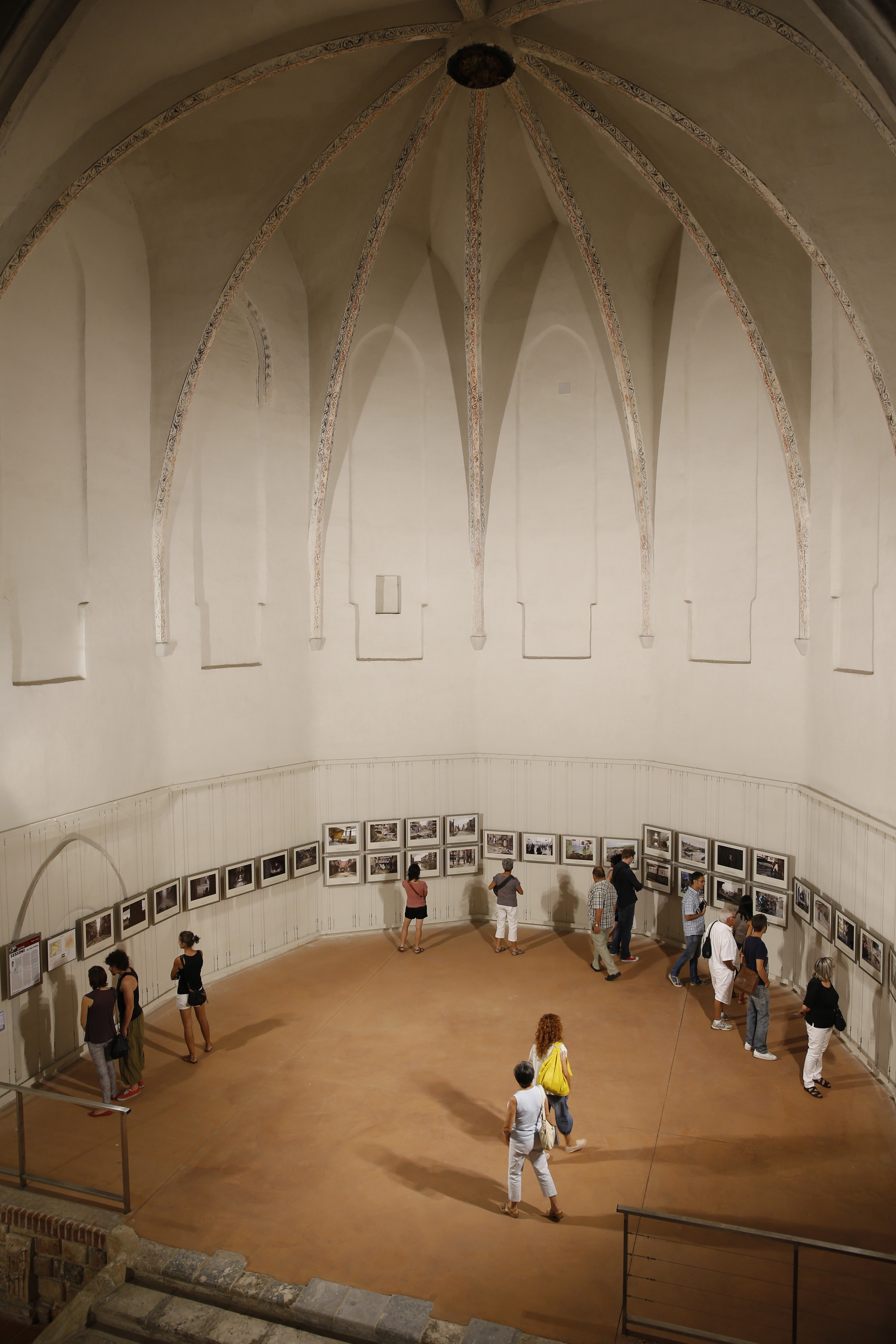
Le couvent des Minimes in Perpignan, one of the many fascinating Visa Pour l’Image locations. Photo ©Mazen Saggar.
-
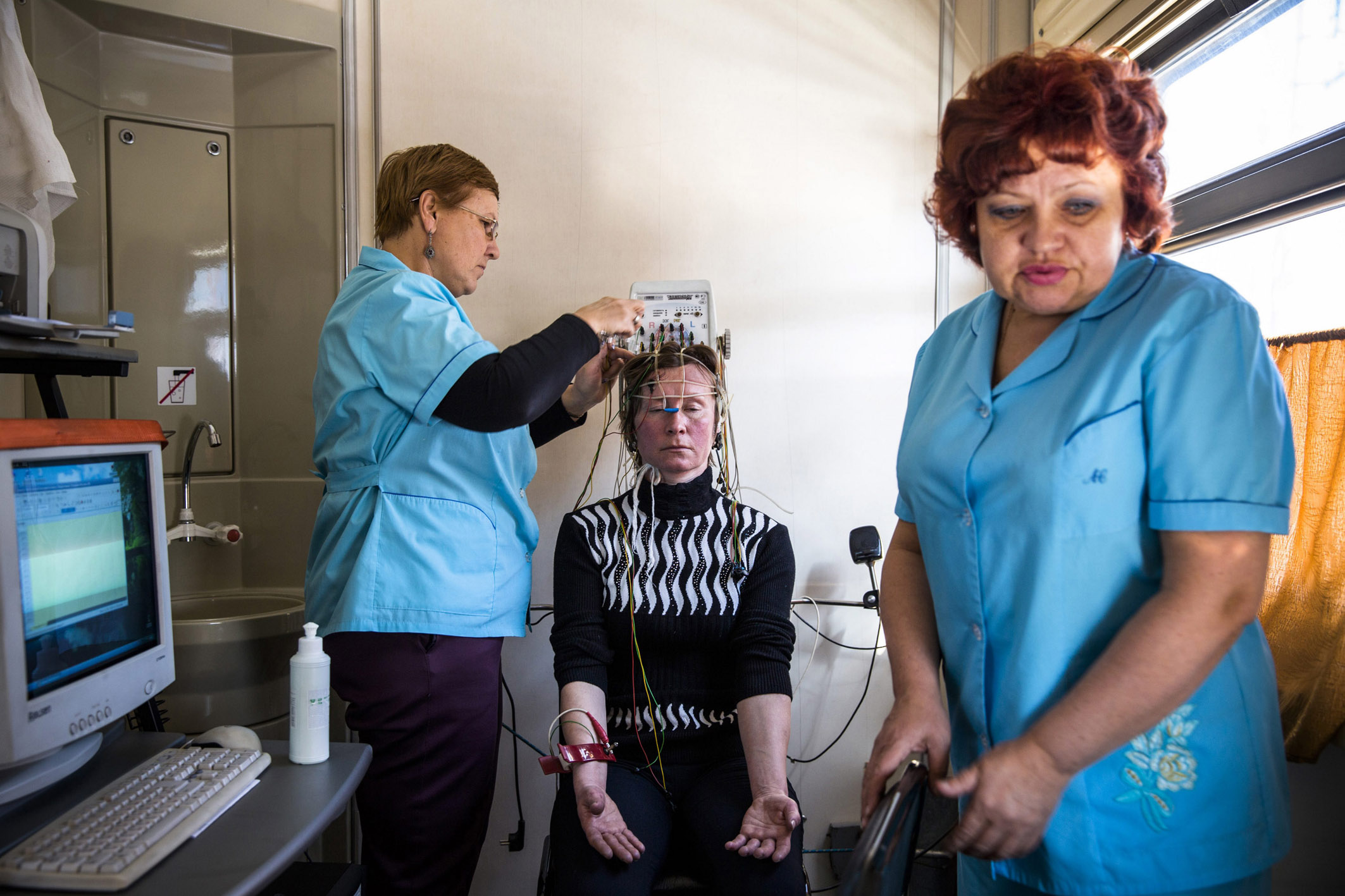
A doctor and nurse onboard the Matvey Mudrov, a train-based mobile medical center of Russian Railways, recording an electroencephalogram of a patient. Photo ©William Daniels/Panos Pictures/National Geographic Magazine.
-
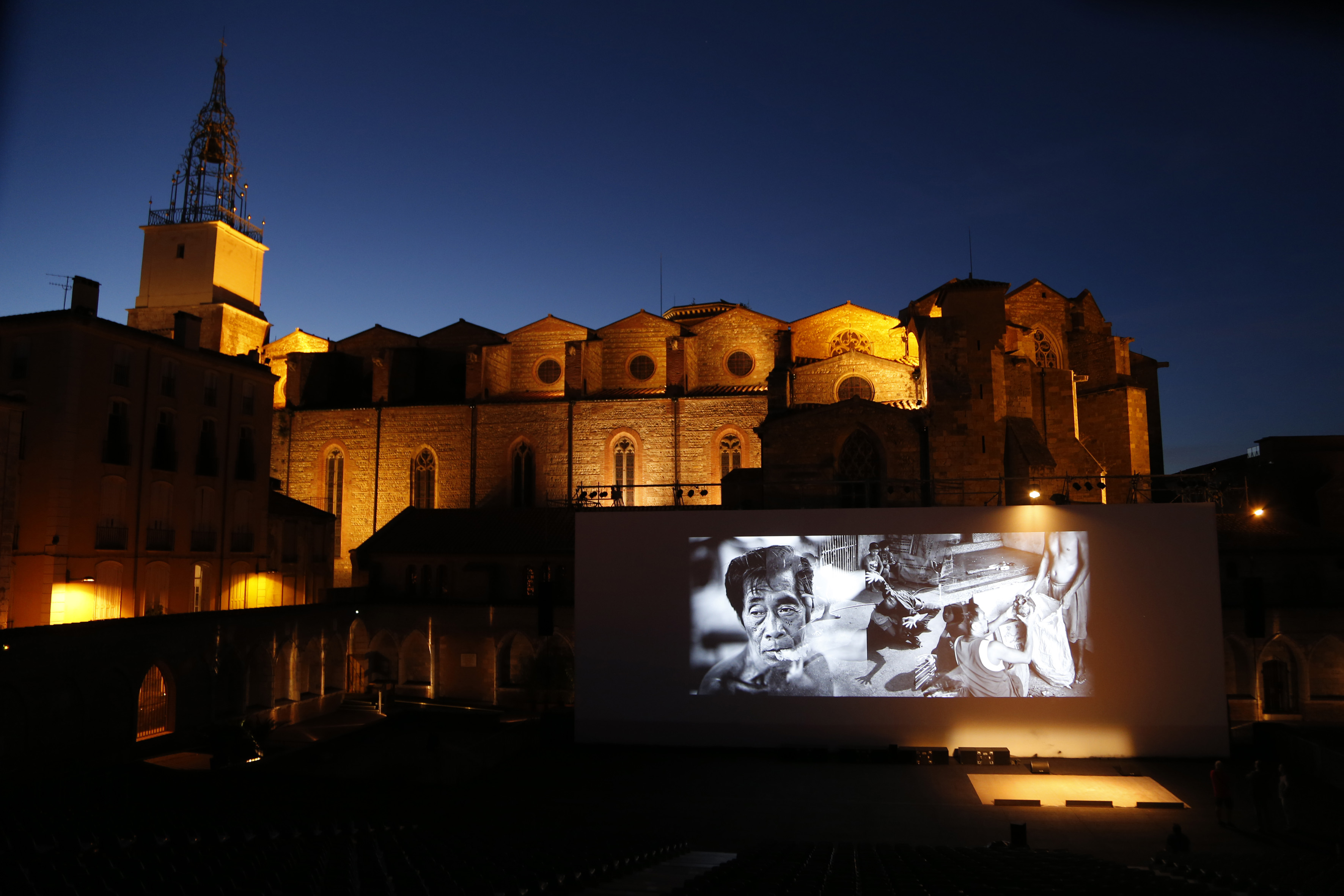
One of many Visa Pour l’Image venues in Perpignan, France. Photo ©Mazen Saggar.
-
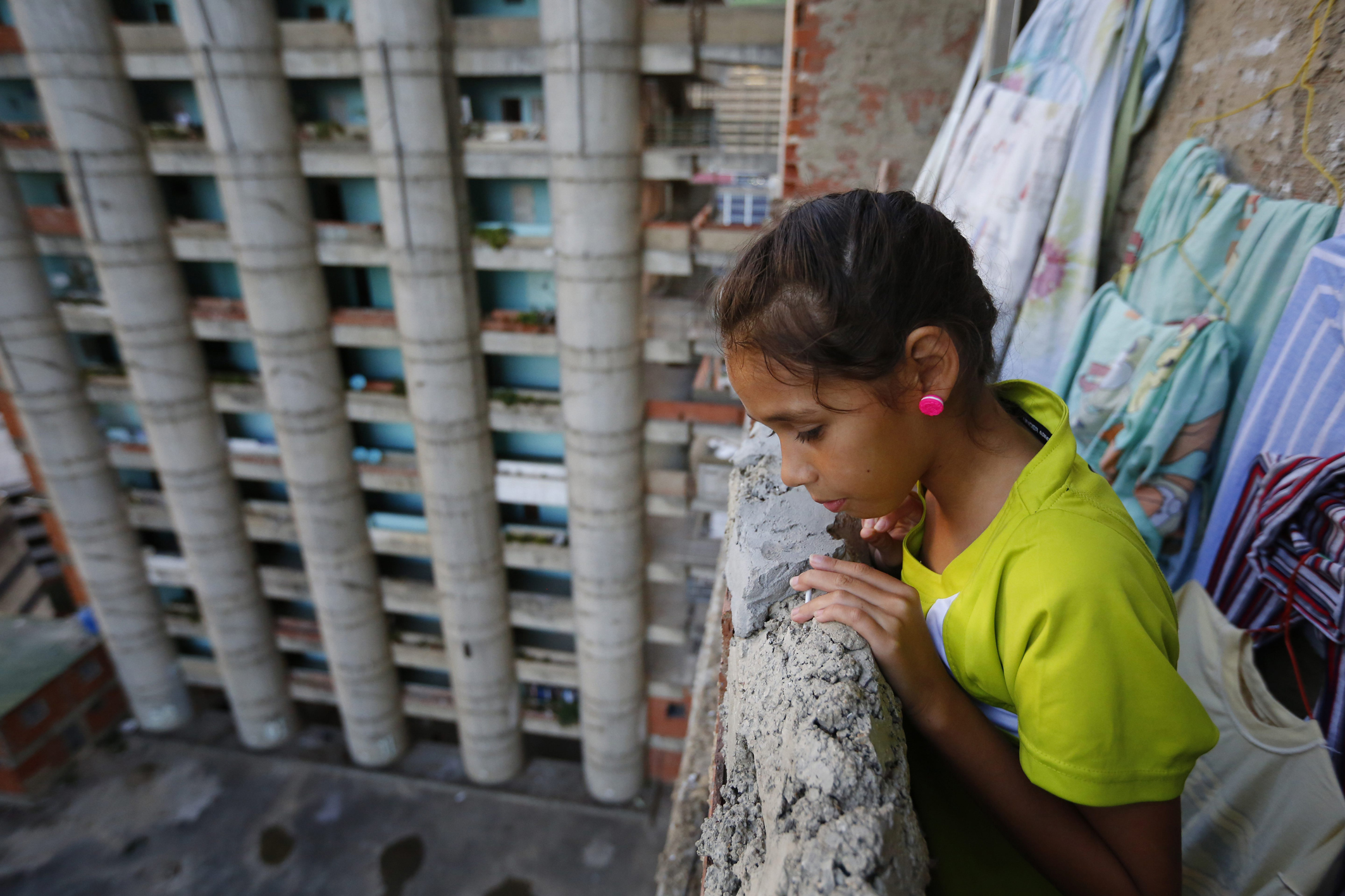
Nine-year-old Genesis on the balcony of an apartment in an abandoned 45-storey skyscraper in Caracas, Venezuela, where she lives with her parents and four siblings. Photo ©Jorge Silva/Reuters.
-

Anne Rearick, Hairbrushing, 2004. Photo ©Anne Rearick /Agence VU.
-
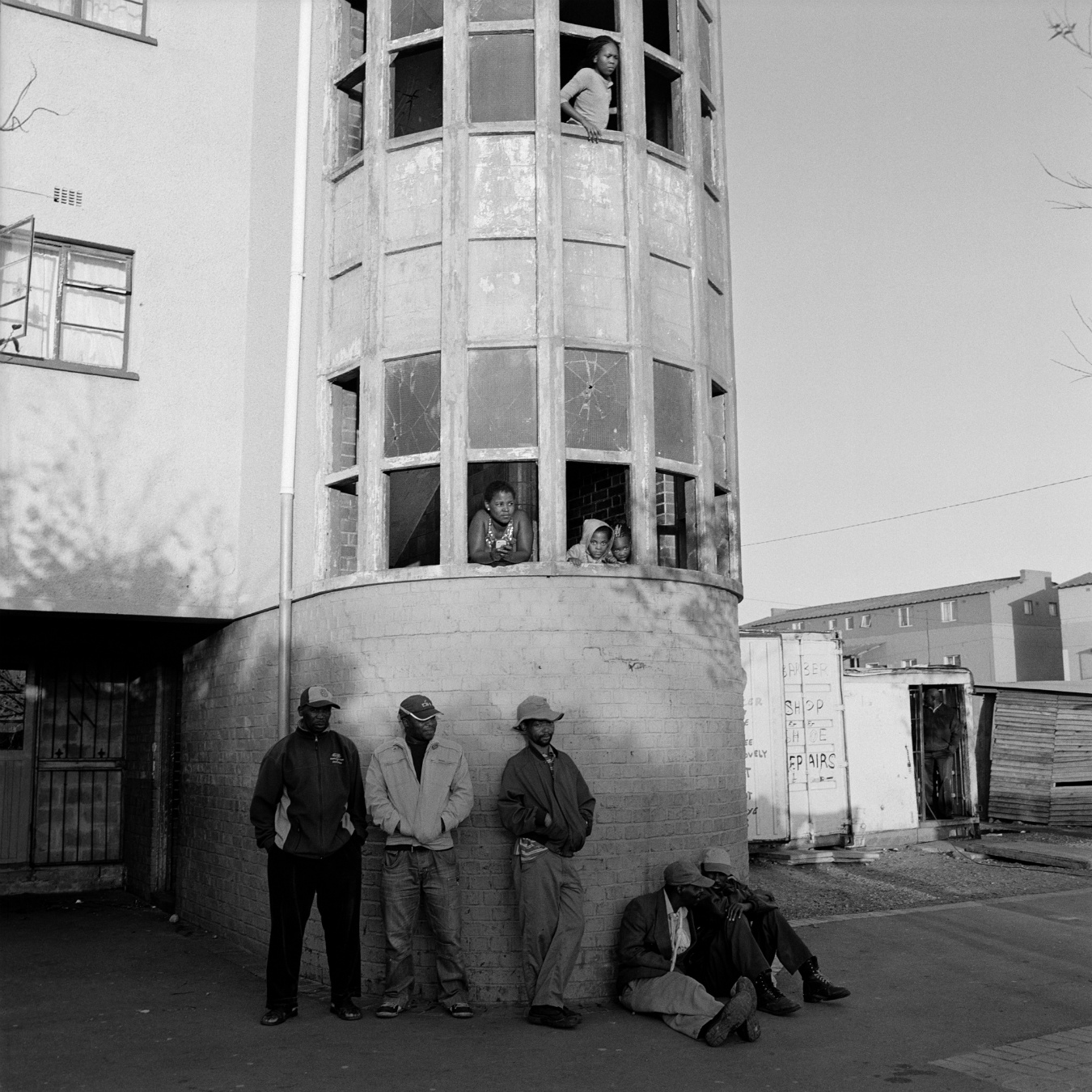
The Langa Township in South Africa, on a Sunday afternoon in May 2012. Photo ©Anne Rearick /Agence VU.
Visa Pour l’Image
Documenting life.
No doubt twirling his trademark moustache at the time, Salvador Dalí allegedly described the railway station in Perpignan as “the centre of the universe”. Perhaps not, but there’s no disputing that from August 30 to September 14, the southern French city will be in the global eye for photography enthusiasts during Visa Pour l’Image, the International Festival of Photojournalism.
“We were sick of seeing [that] photography festivals at the time always considered photojournalism to be a sideline,” says director general Jean-François Leroy, commenting on the reason behind the event’s creation in 1989. Now, as it celebrates its 25th anniversary this year, it is the biggest and most prestigious festival of its kind in the world, attracting thousands of professional and amateur photographers and showcasing images in varied venues such as convents and a Dominican church. Topics are just as diverse, ranging from William Daniels’s coverage of the “Train for the Forgotten”—Matvey Mudrov, a mobile medical care system that crosses Siberia via rail—to Mary F. Calvert’s searing look at women in the United States Armed Forces.
The interest factor is palpable. Jorge Silva records the community that has sprung up in an abandoned 45-storey skyscraper in Caracas, Venezuela. Anne Rearick chronicles life in a township in South Africa. From front-line work in the world’s trouble spots to documenting social change, armed only with cameras, these brave men and women link us powerfully with the realities of life.
Fired up by what they have seen, photo buffs will discover that they are ideally located for testing their own talents. Against a historical background, modern Perpignan is a vibrant city with abundant markets, cobblestoned streets that pulse with life, and numerous outdoor cafés.
Venture south of Perpignan to the Mediterranean coast and the picture-perfect town of Collioure, its pink and saffron houses and dramatic coastline so alluring that Henri Matisse and Raoul Dufy immediately picked up their palettes (the Fauvism movement was born here). Inland are craggy mountainscapes and Cathar castles pitched terrifyingly high on rocky outcrops. Hillsides are striped with vines. Festivals celebrate the new vintage of Côtes du Roussillon villages.
Meanwhile ardent Dalí-ites can cross the border into Spain and explore the surrealist master’s outrageous Theatre-Museum in Figueres. Giant sculpture eggs adorn its roof. Inside wonders include the Mae West room with its famous “lips” sofa. And yes, photography is permitted.





